
Gedersdorf, August 2018

Gedersdorf, August 2018

EuroPride
Vienna, June 2019
Hypernormal
Hollenburg, February 2019
„The plan had run out of control. But rather than reveal this, the technocrats began to pretend that still everything was going according to plan. And what emerged instead was a fake version of the society. (…) Everyone knew that what their leaders said was not real, because they could see with their own eyes that the economy was falling apart. But everybody had to play along and pretend that it WAS real because no-one could imagine any alternative.
One (…) writer called it „hypernormalisation“. You were so much a part of the system that it was impossible to see beyond it.
The fakeness was hypernormal.

The collapse of the Soviet Union also had a powerful effect on the West. For many, it symbolized the final failure of the dream that politics could be used to build a new kind of world. What was going to emerge instead was a new system that had nothing to do with politics. A system whose aim was not to try and change things but rather to manage a post-political world.
One of the first people to describe this dramatic change was a left-wing German political thinker called Ulrich Beck. Beck said that any politician who believed that they could take control of society, and drive it forward to build a better future, was now seen as dangerous. In the past, politicians might have been able to do this. But now they were faced with what he called „a runaway world.“ Where things were so complex and interconnected and modern technologies so potentially dangerous that ist was impossible to predict the outcomes of anything you did. The catalogue of environmental disasters proved this. Politicians would have to give up any idea of trying to change the world. Instead, their new aim would be to try and predict the dangers in the future, and then, find ways to avoid those risks.“ (…) The political picture he gave was of a political class reduced to trying to steer society into a dark and frightening future.“
Adam Curtis: HyperNormalisation
© 2016 BBC
In Oliver´s Studio
Krems, August 2018
www.olivernutz.com
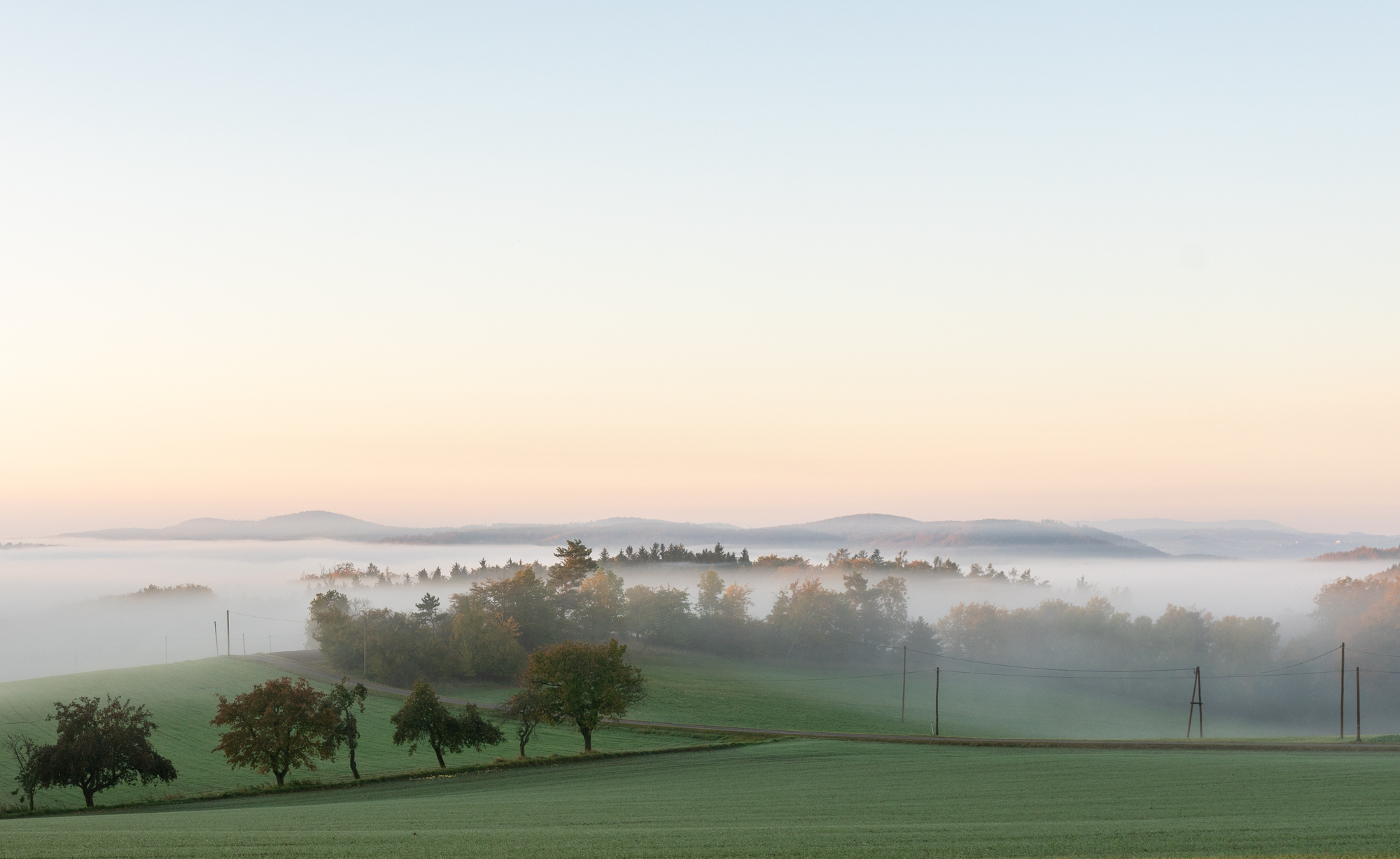
Gfoehleramt, Oktober 2020
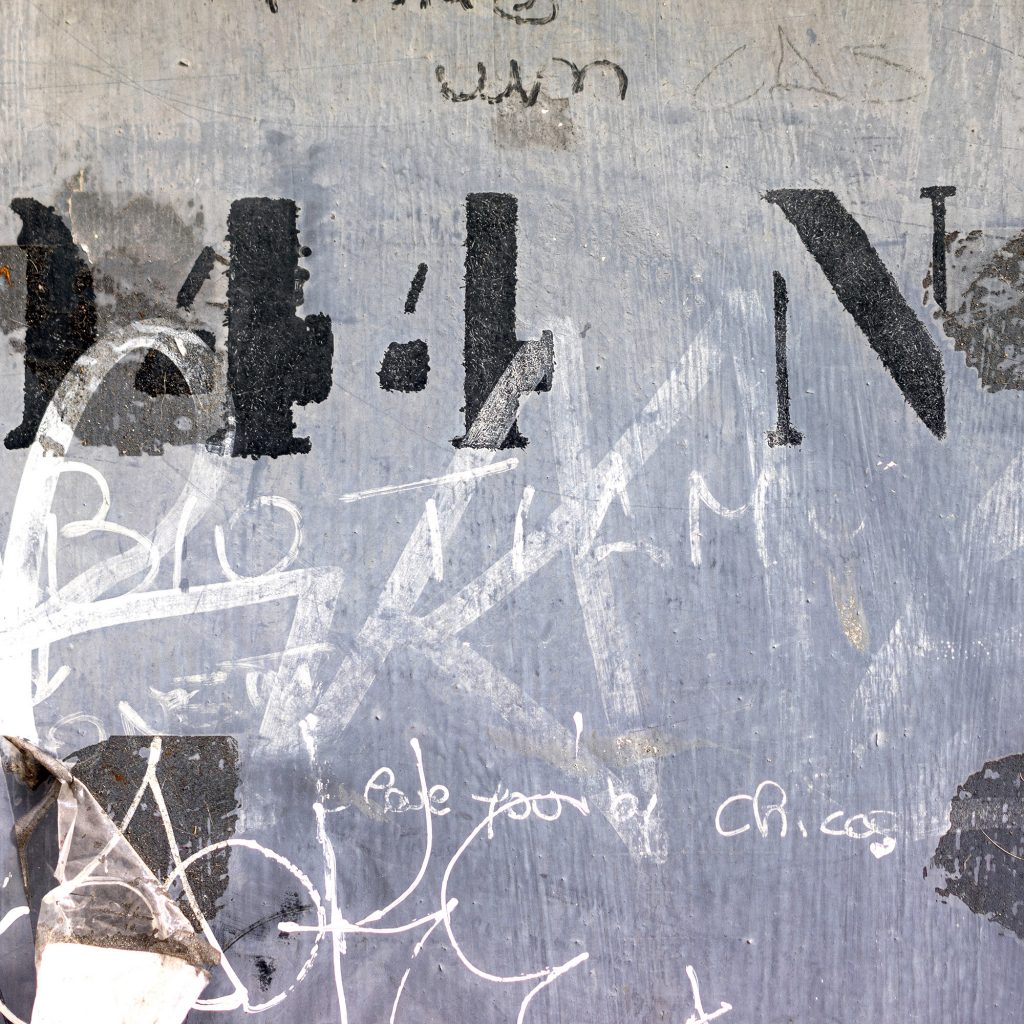
Trieste, February 2020
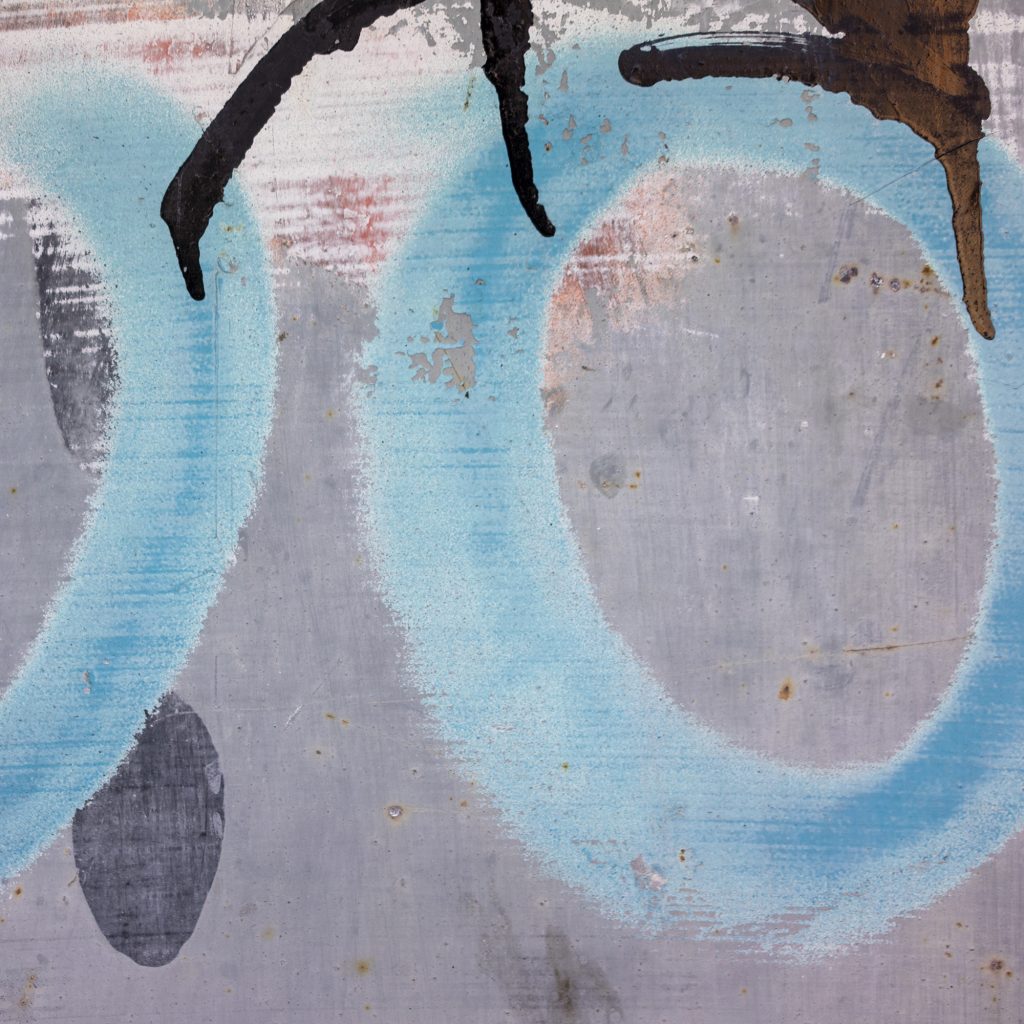
Trieste, February 2020
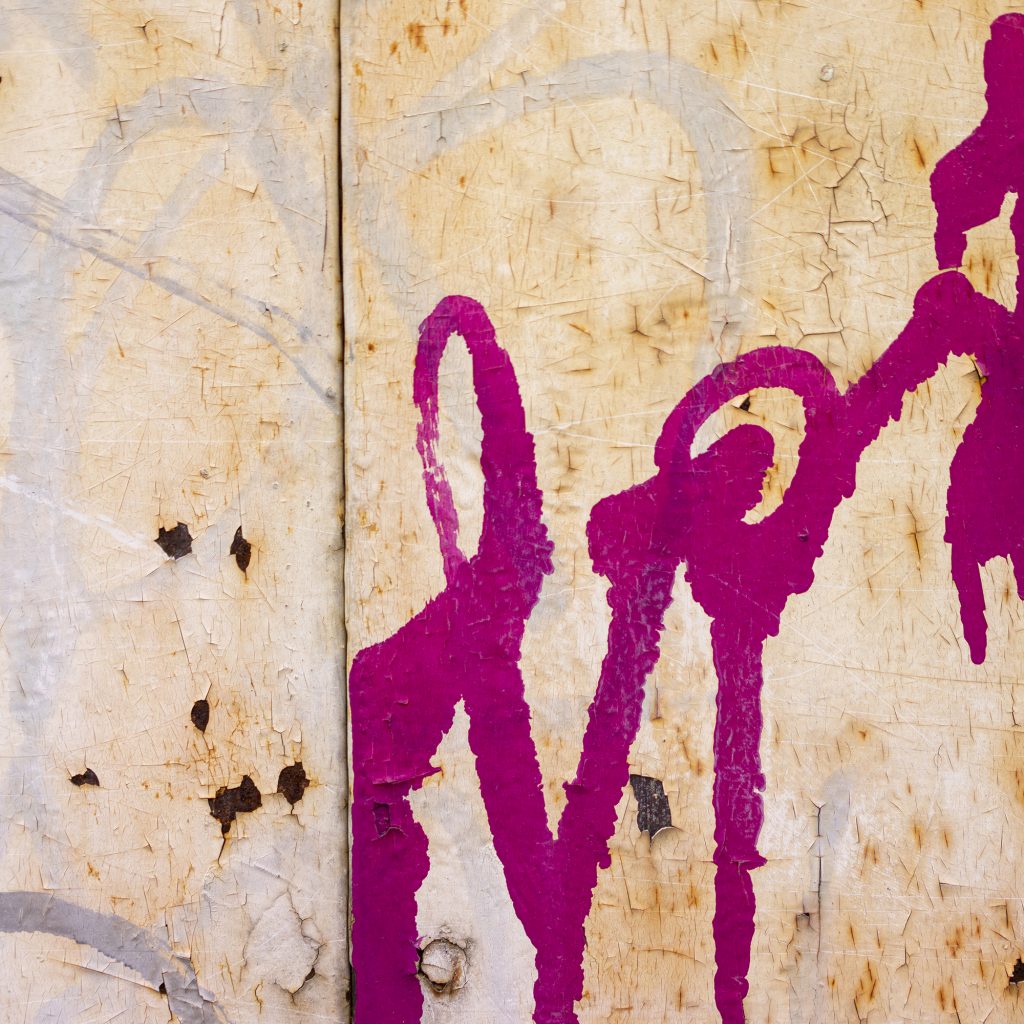
Trieste, February 2020
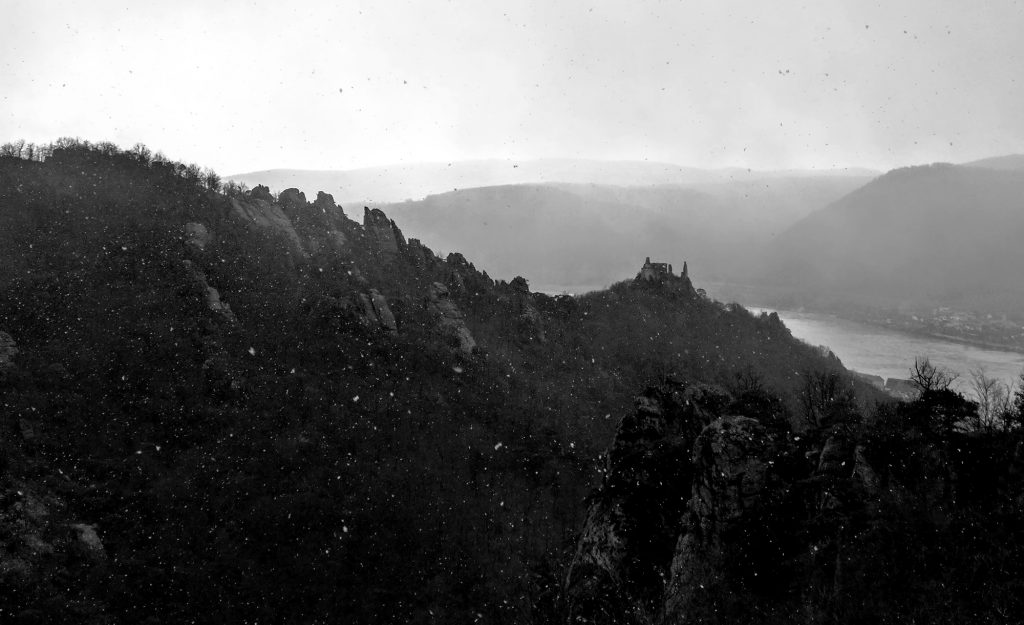
Die Traumzeit ist gottlos, ihr zentrales Thema ist die Geographie, die sich in der Landbindung offenbart. Die Geschehnisse der Traumzeit manifestieren sich in tausenden heiliger Landmarken, die in Jahrtausenden zu einer Art spiritueller Landkarte Australiens geworden sind. Es sind „erstarrte Hinweise auf einstige Geschehnisse“, und an solchen Orten findet die Kontaktaufnahme zur Traumzeit statt. Kundige Aborigines können diese Landmarken jederzeit mit den zugehörigen Traumzeit-Ereignissen in Verbindung bringen.
(Wikipedia)
Songlines
Dürnstein, January 2019
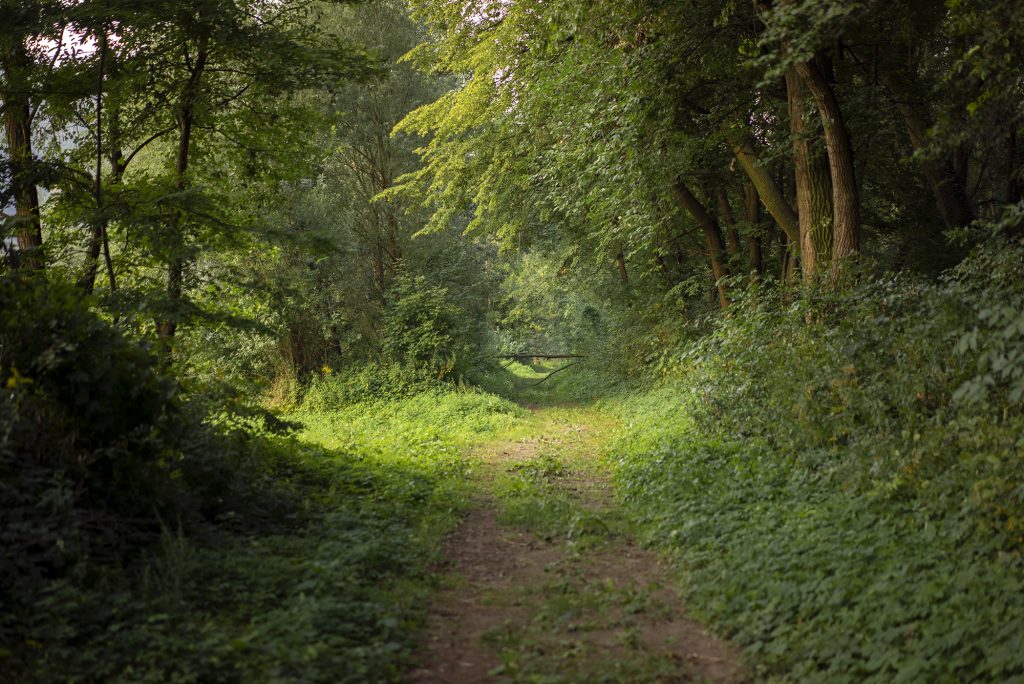
Treppelweg
Rührsdorf, August 2018

Wenn ich loslasse,
was ich bin,
werde ich,
was ich sein könnte.
Wenn ich loslasse,
was ich habe,
bekomme ich
was ich brauche.
(Lao-Tse)
Gmunden, February 2016
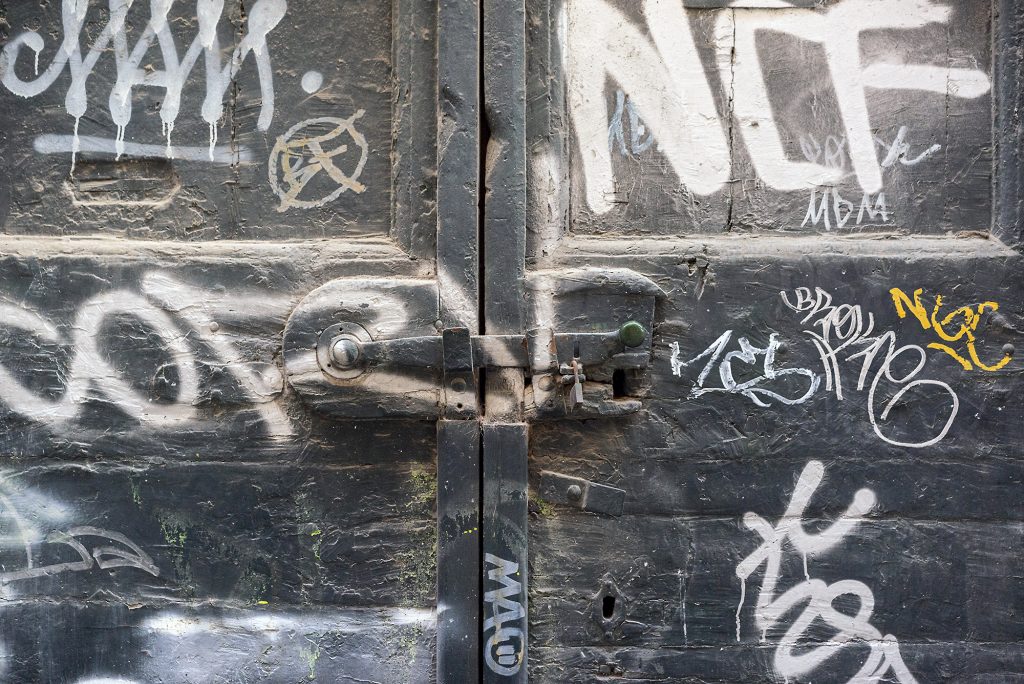
Napoli, August 2018
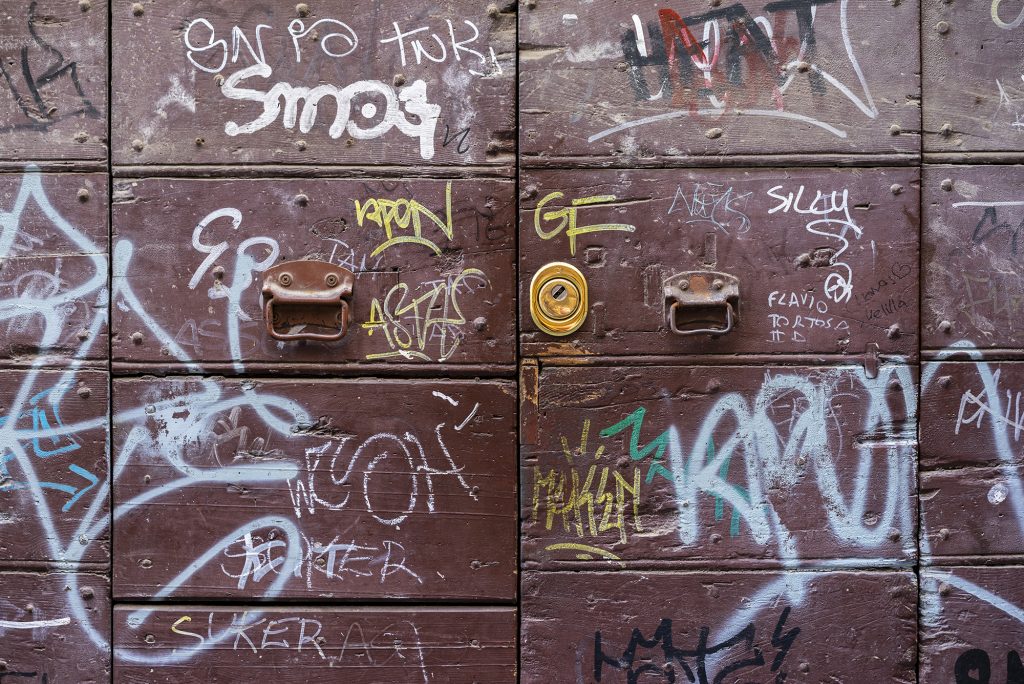
Napoli, August 2018
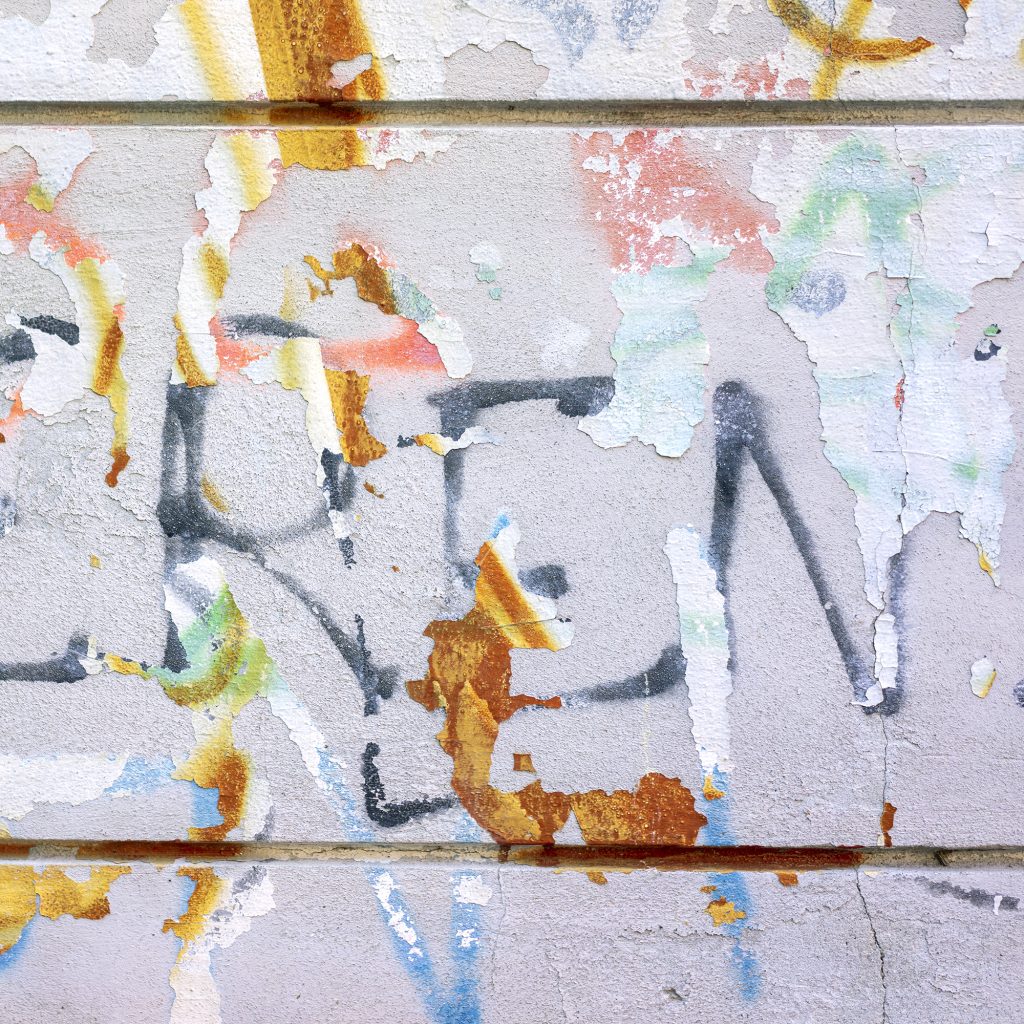
Trieste, February 2020
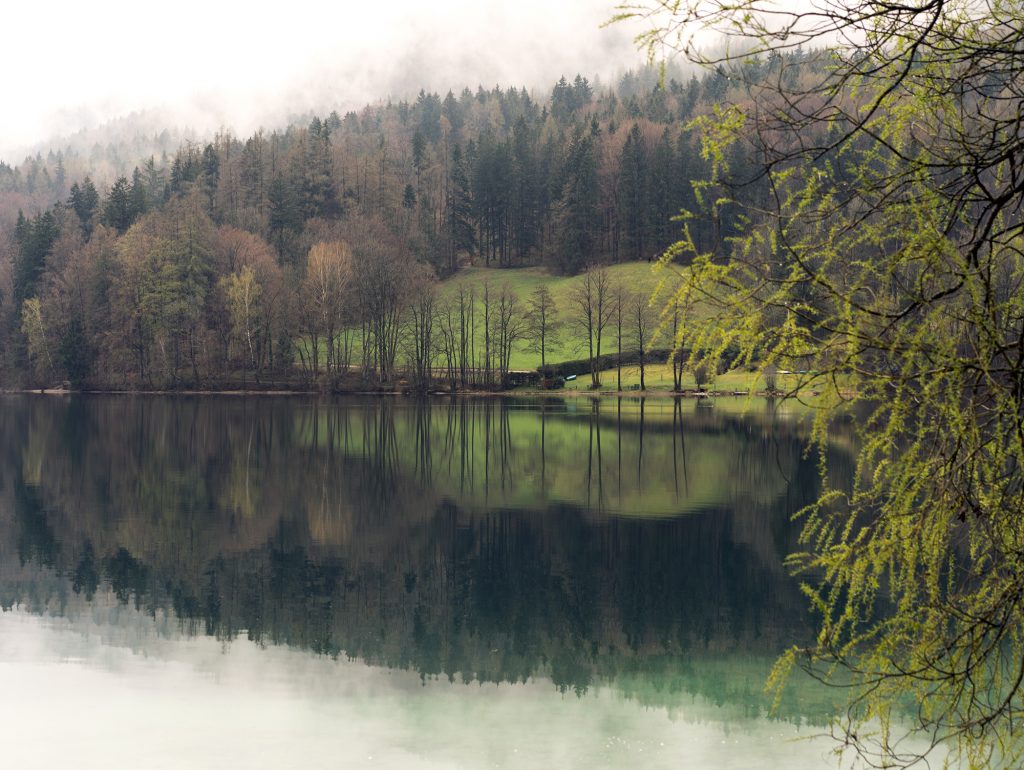
Fuschlsee, April 2016
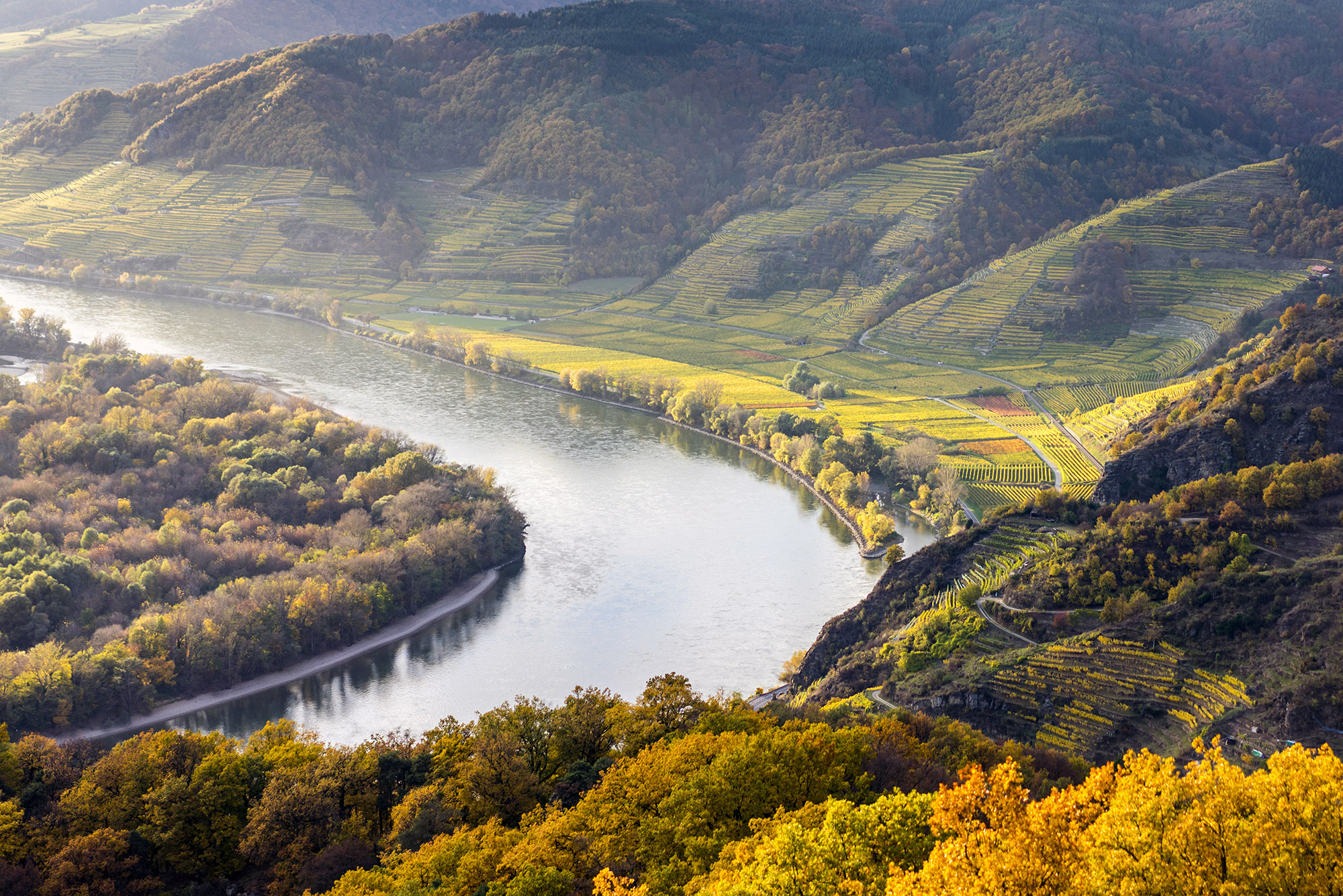
Dürnstein, Oktober 2017

Trieste, February 2020
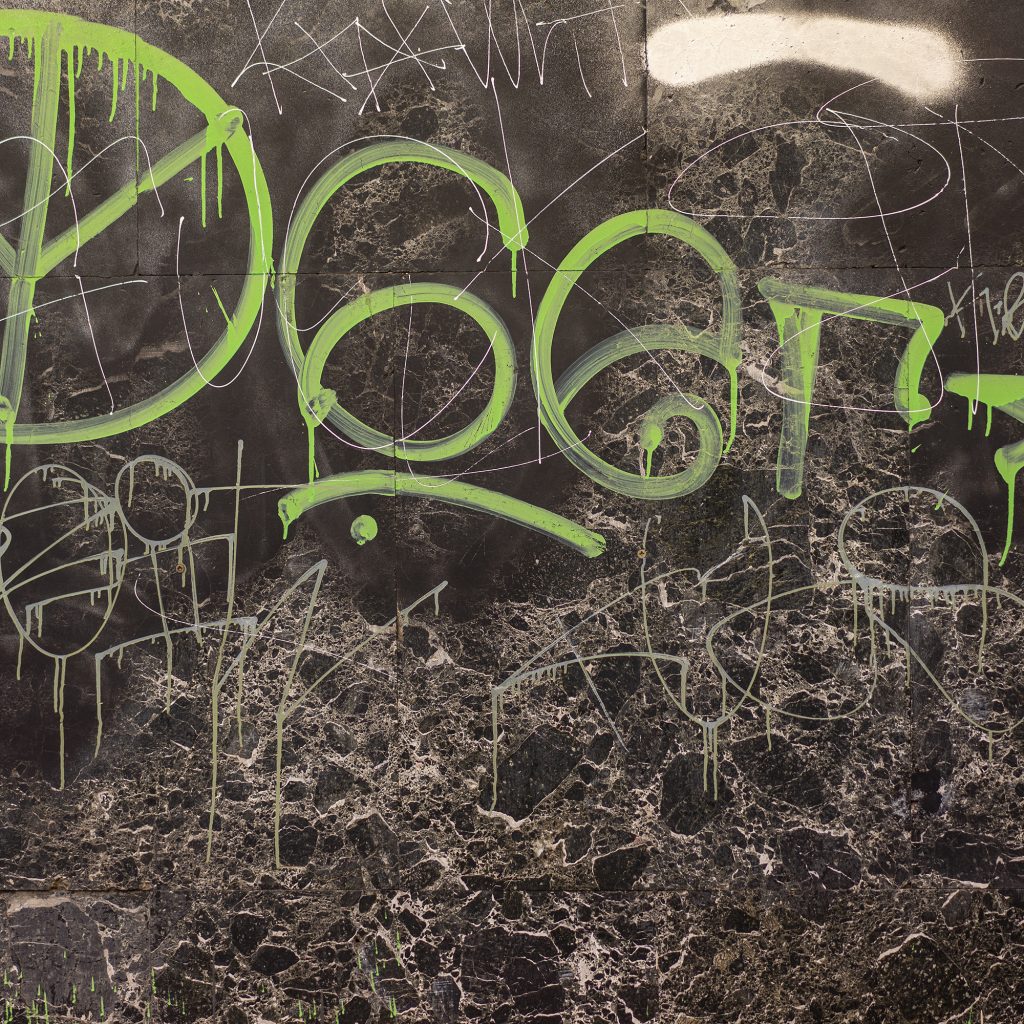
Trieste, February 2020
„Graffiti is linear and it’s done with a pencil, and it’s like writing on walls. But [in my paintings] it’s more lyrical. In those beautiful early paintings like Academy, it’s graffiti but it’s something else, too. I don’t know how people react, but the feeling is more complicated, more elaborate. Graffiti is usually a protest – ink on walls – or has a reason for being naughty or aggressive.“
Cy Twombly, 2008, from an Interview with Nicholas Serota, The Guardian